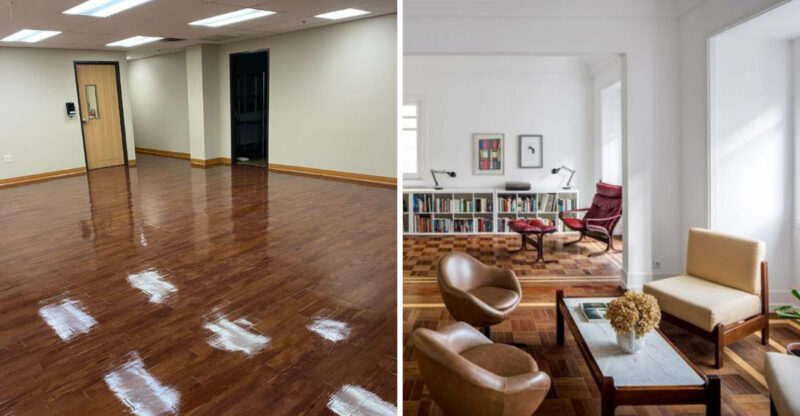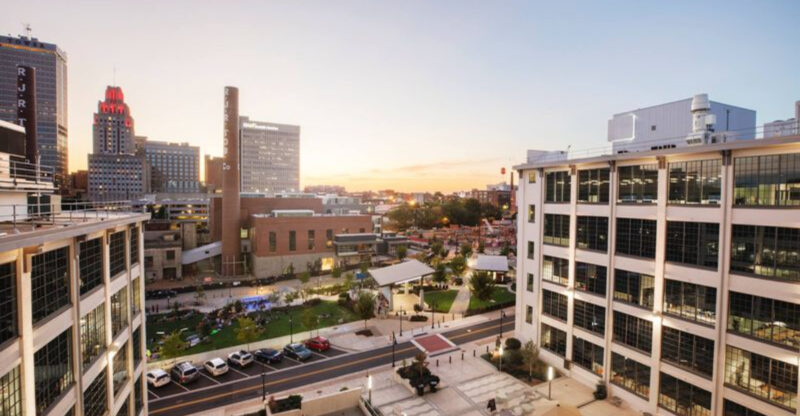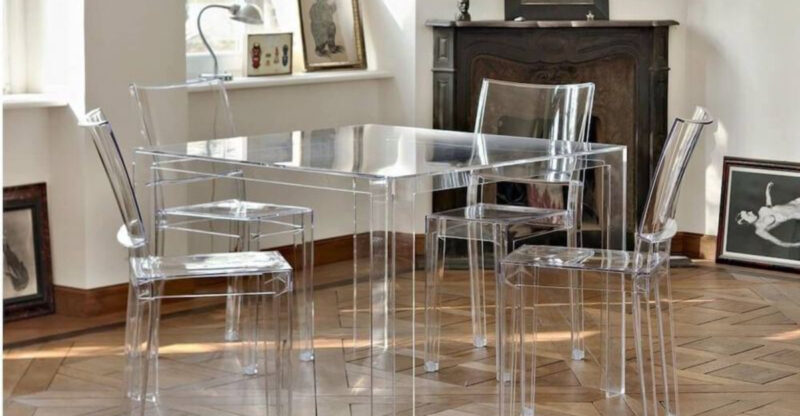Experts Predict These 14 San Diego Styles Won’t Last Through 2030

San Diego’s design scene constantly evolves, with styles coming and going faster than coastal fog.
Local designers and real estate experts have identified several current trends they believe won’t survive the next decade.
From impractical design choices to environmentally questionable options, these once-popular styles are falling out of favor with homeowners and professionals alike.
1. Wall-to-Wall Carpeting

Remember when everyone covered their entire home in plush carpet? San Diego’s beach lifestyle is finally catching up with this impractical choice. Sand, salt, and moisture make carpeting a maintenance nightmare in our coastal climate.
Local designers now recommend area rugs over hardwood or tile instead. These provide the comfort of carpet while being easier to clean and replace. Plus, they allow the beauty of natural flooring to shine through.
With increasing concerns about indoor air quality, carpet’s tendency to trap allergens and dust is another strike against it. The future belongs to breathable, natural flooring options that complement our indoor-outdoor lifestyle.
2. Overly Minimalist Interiors
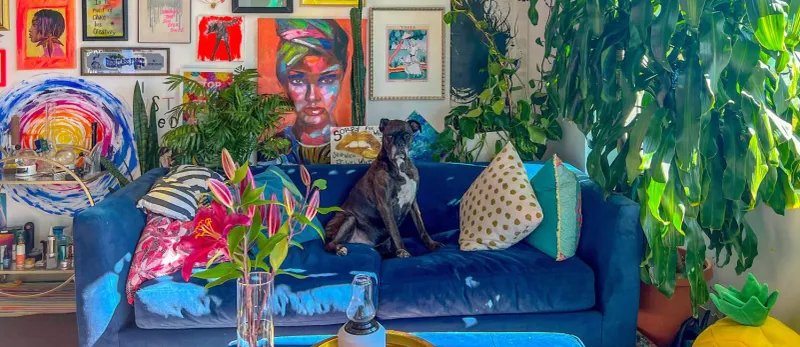
The stark, empty spaces that dominated design magazines are losing their appeal in laid-back San Diego. Homeowners are discovering that ultra-minimalist rooms often feel cold and unwelcoming rather than peaceful.
Instead, a warmer approach with thoughtfully chosen objects is gaining ground. People crave personality in their spaces, not sterile showrooms that feel impossible to maintain. The pandemic only accelerated this shift as we all spent more time at home.
What’s replacing it? “Thoughtful maximalism” spaces with character, texture, and meaningful items that tell your story. San Diego’s casual vibe pairs better with comfortable, lived-in spaces than museum-like interiors.
3. Open Kitchen Shelving
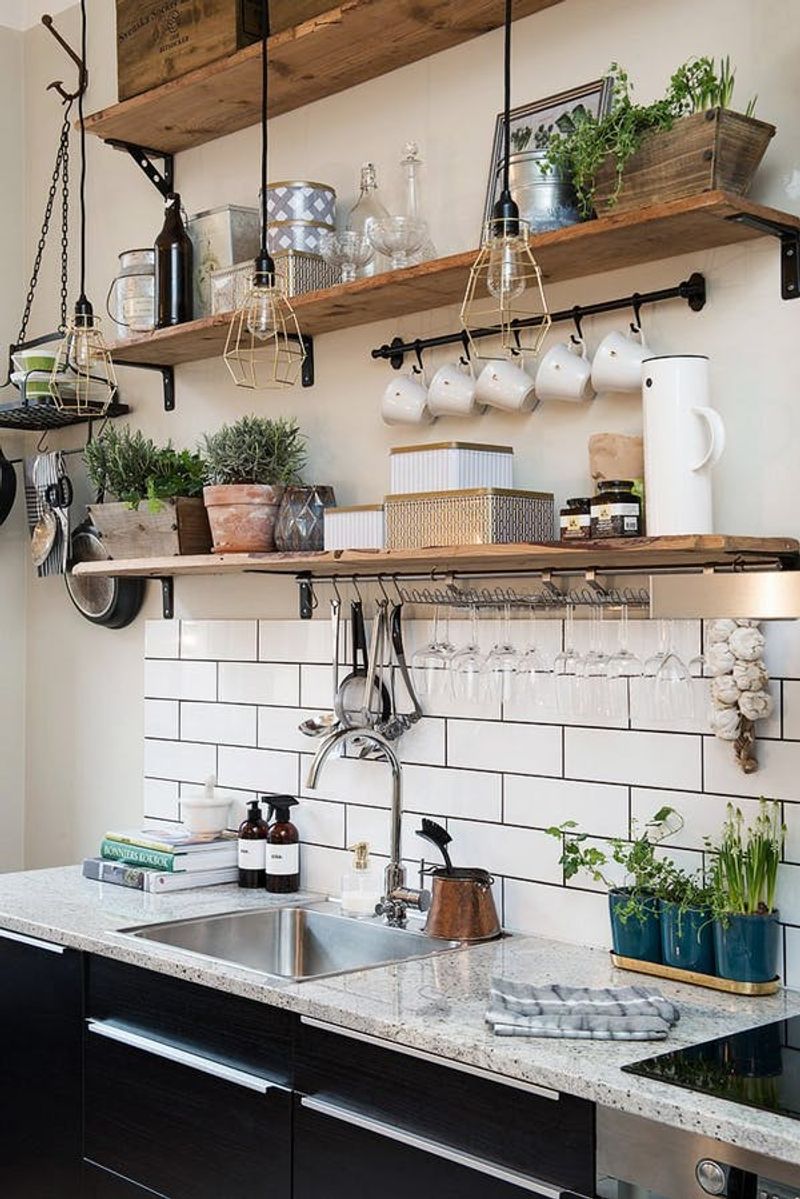
Those Instagram-worthy open shelves displaying perfectly arranged dishes? They’re quickly falling out of favor in practical San Diego homes. While they photograph beautifully, the reality is constant dusting and organizing in our often breezy coastal environment.
Homeowners are tired of the pressure to maintain picture-perfect shelves. Cabinet doors are making a comeback, albeit with more interesting designs and materials than before. Even restaurants that pioneered the look are installing doors to hide kitchen clutter.
If you love the airy feel of open shelving, designers suggest a compromise: keep a few open shelves for decorative items while using closed storage for everyday essentials. This creates the visual interest without the maintenance headache.
4. Living Walls
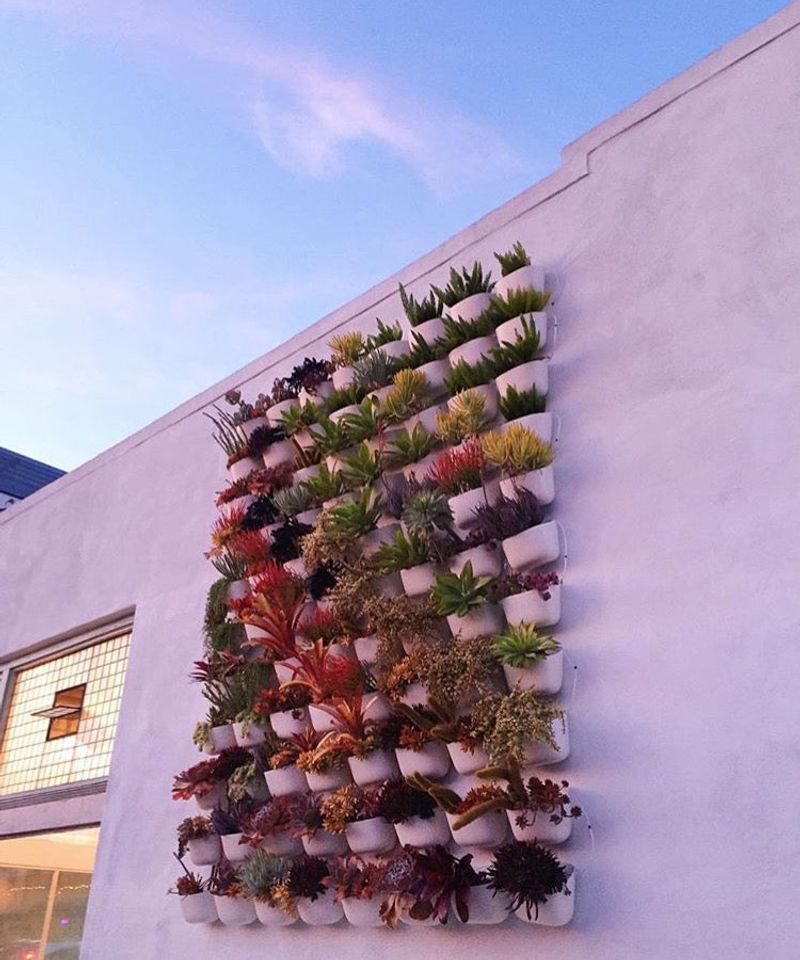
Vertical gardens once seemed perfect for space-conscious San Diego homes. Who wouldn’t want a lush wall of plants? Unfortunately, the maintenance reality has proven challenging for most homeowners.
These installations require complex irrigation systems, perfect lighting conditions, and regular professional maintenance. When neglected, they quickly become eyesores of brown, dying plants. The water requirements also conflict with California’s drought-conscious mentality.
Moving forward, designers predict more sustainable plant arrangements using drought-tolerant specimens in traditional planters. These provide the biophilic benefits without the maintenance headaches or water waste. Artificial alternatives have improved but still lack the air-purifying benefits of real plants.
5. Lacquered Kitchen Cabinets
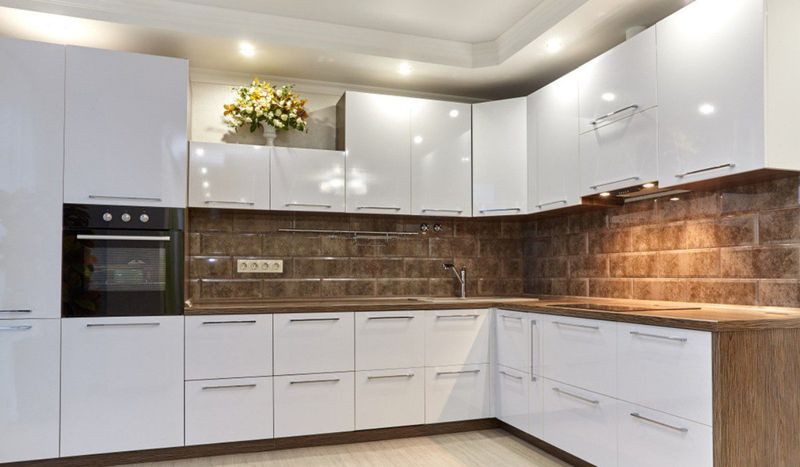
High-gloss, lacquered cabinets once represented the pinnacle of kitchen luxury in upscale San Diego homes. Their mirror-like finish created a sleek, modern aesthetic that many homeowners coveted. However, their practicality issues are becoming impossible to ignore.
Every fingerprint, water spot, and tiny scratch shows prominently on these surfaces. In busy family kitchens, maintaining their perfect appearance becomes a full-time job. The coastal humidity also affects their finish over time, causing potential warping or bubbling.
Matte and satin finishes are taking their place, offering similar color options with much more forgiving surfaces. These alternatives hide imperfections while still providing a contemporary look that fits San Diego’s relaxed yet sophisticated aesthetic.
6. Bold Wallpapers
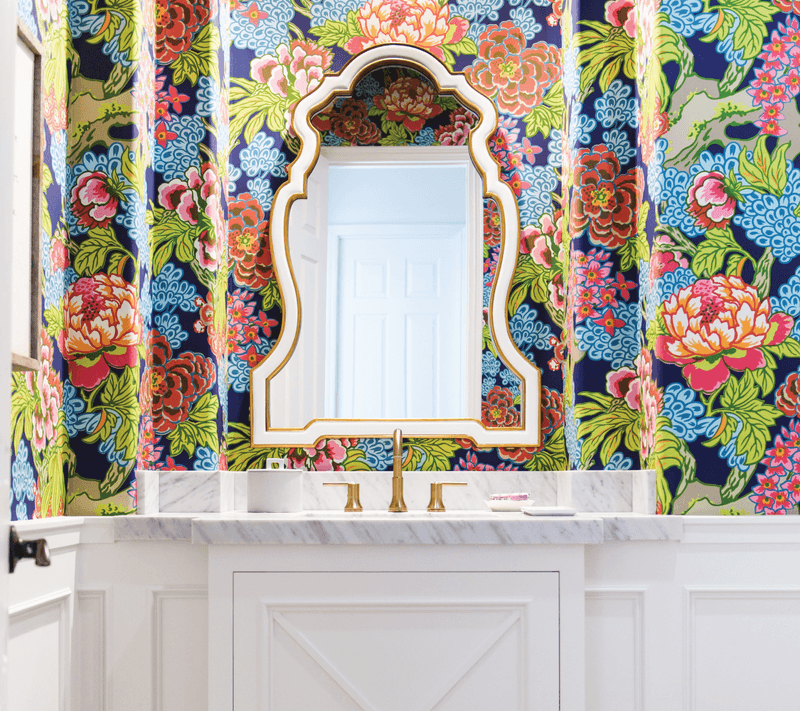
Those dramatic, large-scale pattern wallpapers that took San Diego by storm? They’re quickly becoming the design equivalent of a bad tattoo expensive to install and even more expensive to remove when you inevitably tire of them.
Interior designers note that clients who embraced the bold wallpaper trend are already requesting removal, often within just 2-3 years. The problem isn’t just changing tastes but also practical concerns: bold patterns can make spaces feel smaller and darker, working against San Diego’s natural light advantage.
What’s replacing them? Subtle textured wallcoverings or creative paint techniques that add interest without overwhelming the space. These options provide flexibility for future changes while still adding character to San Diego homes.
7. Shiplap
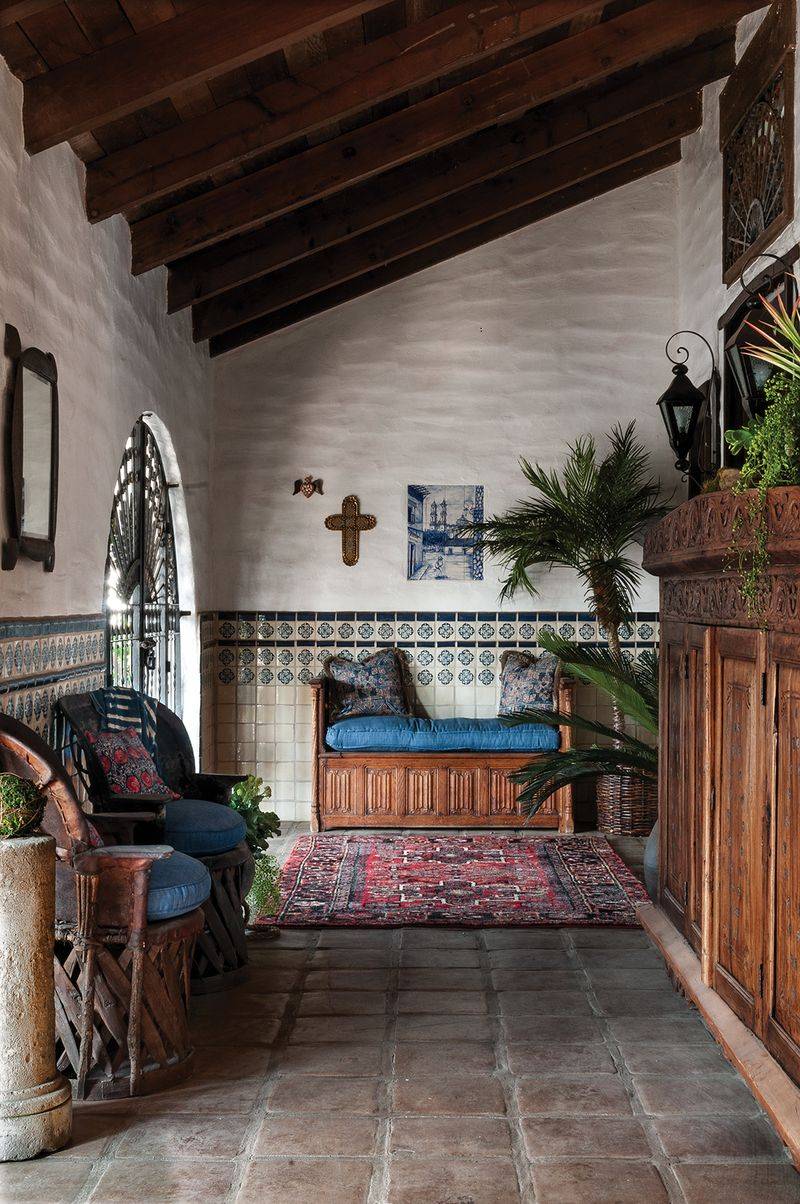
Blame it on farmhouse mania, but shiplap appeared on walls across San Diego despite having little connection to our coastal architectural history. This horizontal wood paneling trend has reached peak saturation and is already showing signs of dating homes.
Local realtors report that excessive shiplap is now seen as a renovation project rather than a selling point. The style feels increasingly disconnected from San Diego’s authentic architectural traditions, which lean more toward Spanish influences and mid-century modern.
If you love texture on walls, designers suggest alternatives with regional relevance: smooth stucco finishes, Venetian plaster, or subtle board and batten treatments. These options add character while respecting the authentic architectural language of Southern California homes.
8. Fast Furniture

San Diego’s environmentally conscious residents are increasingly rejecting disposable furniture from mass retailers. These cheaply made pieces often break within a few years, creating unnecessary waste and costing more in the long run.
The shift toward sustainability is especially noticeable among younger homeowners, who are willing to save longer for quality pieces. Local vintage shops report record demand as people seek well-made furniture with character and history. Even rental furniture services are gaining popularity as alternatives to throwaway pieces.
Designers predict this trend will accelerate as awareness of furniture waste grows. The future belongs to quality pieces that can be repaired, reupholstered, and passed down whether new or vintage. This approach aligns perfectly with San Diego’s outdoor-loving, environmentally aware culture.
9. White Bouclé

White bouclé fabric – that nubby, loop-textured upholstery exploded in popularity across San Diego, appearing on everything from sofas to dining chairs. Its cloud-like appearance promised both comfort and style, but the reality has proven less dreamy.
Maintenance issues are the primary concern, especially in homes with children, pets, or frequent entertaining. The texture traps crumbs, hair, and dirt, while the white color shows every stain. Cleaning requires professional services, making it impractical for everyday living.
Looking ahead, designers see textured fabrics remaining popular but in more practical forms performance fabrics with similar visual interest but better stain resistance, and in colors that better complement San Diego’s casual lifestyle. Navy, terracotta, and sage green are emerging as more practical alternatives.
10. Crammed Micro Spaces

Those ultra-tiny living spaces that once seemed so clever and efficient? They’re quickly losing appeal as San Diegans reconsider their living priorities. The pandemic highlighted the importance of functional space, making shoe-box apartments feel more claustrophobic than cute.
Developers report decreasing demand for micro-units under 400 square feet. Even with space at a premium in San Diego, buyers and renters are prioritizing layouts that accommodate work-from-home needs and mental wellbeing over mere location advantages.
This doesn’t mean the end of smaller spaces entirely, but rather a shift toward thoughtful efficiency rather than extreme minimization. Flexible furniture, multi-purpose rooms, and outdoor living space extensions are becoming essential rather than just converting closets into “bedrooms.”
11. Awkward Architecture
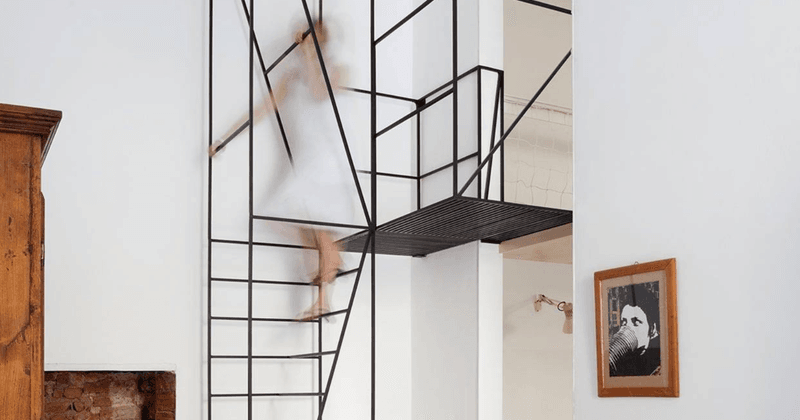
Quirky architectural features once added for shock value are now recognized as impractical headaches in San Diego homes. Think floating staircases without railings, bathroom doors made of clear glass, or kitchens without proper ventilation all sacrificing function for form.
Homeowners have discovered that these “conversation pieces” quickly become daily annoyances. Real estate agents report that homes with these features take longer to sell, as buyers prioritize livability over Instagram-worthiness. Safety concerns and changing building codes are also making many of these features obsolete.
The future belongs to thoughtful architecture that balances visual interest with genuine usability. Designs that consider San Diego’s climate, incorporating indoor-outdoor flow and natural ventilation, will endure far longer than gimmicky features that prioritize novelty over function.
12. Overly Cluttered Spaces
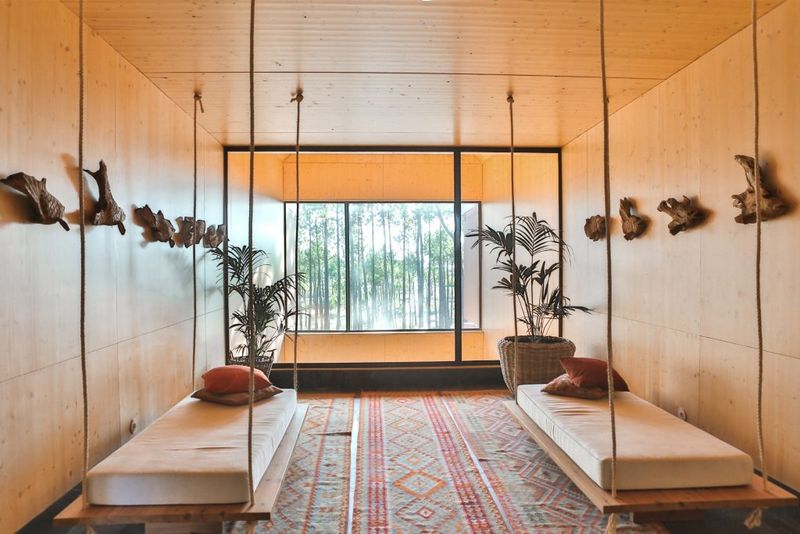
The maximalist rebellion against minimalism went too far in many San Diego homes, creating spaces so stuffed with objects that they feel chaotic rather than curated. These overly cluttered interiors quickly become visually overwhelming and difficult to maintain.
Mental health professionals note that excessive visual stimulation can increase stress levels the opposite of what we want in our homes. The constant dusting and cleaning required for numerous decorative objects also creates a maintenance burden that most busy San Diegans find unsustainable.
A more balanced approach is emerging: thoughtfully selected items with personal meaning displayed with adequate breathing room. This middle ground between stark minimalism and excessive maximalism creates spaces that feel both personal and peaceful perfect for San Diego’s wellness-focused lifestyle.
13. One-Tone Interiors
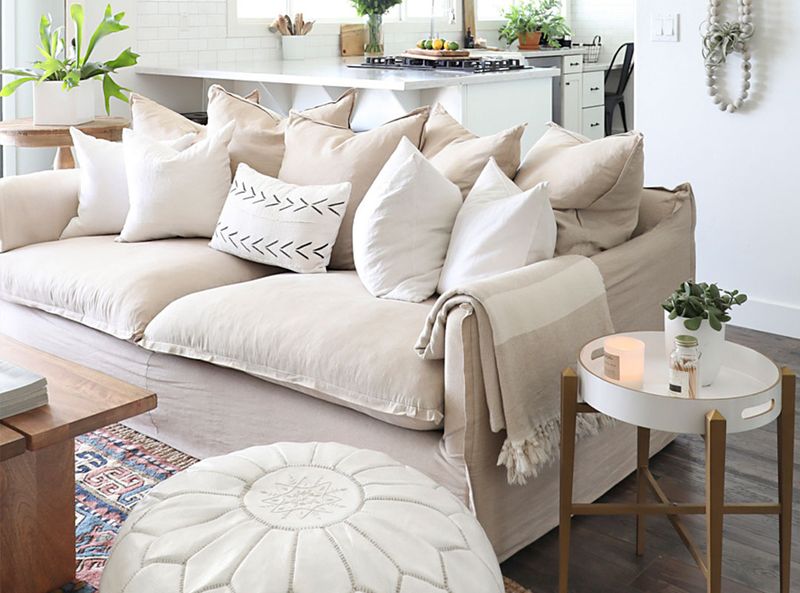
All-white or all-gray interiors that dominated San Diego’s design scene are rapidly falling from favor. These monochromatic spaces, while photogenic, often feel sterile and lack the warmth that makes a house feel like home.
Maintenance is another major issue pristine white surfaces show every speck of dust and dirt, especially problematic in our beach community where sand seems to find its way into every home. The lack of visual contrast can also create safety hazards, particularly for older residents.
Color is making a welcome return, with designers incorporating warmer neutrals and strategic pops of color that reflect San Diego’s natural landscape. Blues, terracottas, and sage greens pulled from our ocean and desert environments create spaces that feel connected to our unique location rather than anonymous showrooms.
14. Faux Finishes
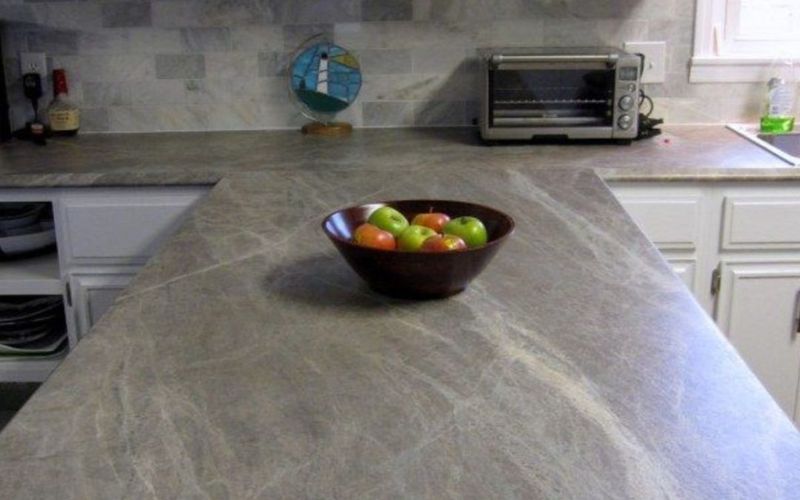
Fake materials pretending to be something they’re not are rapidly losing appeal in design-conscious San Diego. Vinyl “wood” floors that fool no one, faux marble countertops that bubble near heat, and plastic “stone” veneers that deteriorate in our sunny climate are all showing their limitations.
Authenticity is becoming the new luxury, with homeowners preferring honest materials used thoughtfully rather than imitations of more expensive options. This shift reflects growing environmental awareness and desire for durability most faux materials have shorter lifespans and cannot be repaired.
This doesn’t mean everyone’s installing real marble countertops. Instead, designers are embracing materials for their inherent qualities rather than how well they mimic something else. Concrete, terrazzo, and natural wood are celebrated for their unique characteristics rather than disguised.

